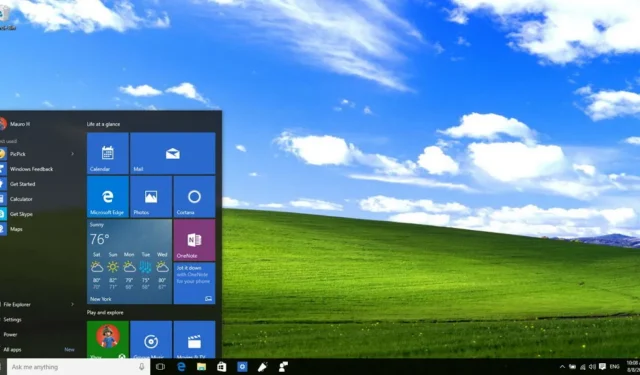
Although Microsoft doesn’t offer a direct upgrade path, upgrading your PC running Windows XP or Windows Vista to Windows 10 is still possible. However, you’ll need to perform a few extra steps to create a bootable installation media, back up your data, and perform a clean installation of Windows 10 on your system.
Upgrade to Windows 10 without losing files and apps
Alternatively, users who want to migrate their files, apps, and settings can purchase a copy of Windows 7, upgrade their current installation, and only then upgrade to Windows 10. However, a clean installation will save you time and money and help you start with a fresh installation.
Windows 10 system requirements
Before upgrading, you must ensure your computer is compatible with Windows 10. Here’s the list with the minimum hardware requirements:
| Windows 10 version 1903 & 1909 requirements | |
|---|---|
| Processor | 1GHz or faster CPU or System on a Chip (SoC). |
| RAM | 1GB for 32-bit or 2GB for 64-bit. |
| Hard drive space | Existing installations: 16GB for 32-bit or 20GB for 64-bit. Clean install or new PC: 32GB or larger. |
| Graphics | DirectX 9 or later with WDDM 1.0 driver. |
| Display resolution | 800×600. |
| Networking | Wi-Fi or Ethernet adapter. |
If your PC meets the minimum hardware requirements, you must purchase a copy of the OS. You can find Windows 10 Home for $139, while Windows 10 Pro costs $199.99, but it includes additional features, such as the ability to join your computer to a corporate network, remote desktop, and Hyper-V.
There is no direct upgrade path for Windows Vista (or the much older Windows XP) to Windows 10. As such, you’ll be doing a clean installation of the operating system, which will clean your computer, deleting your files, apps, and settings to start from scratch again.
Create a full backup on Windows XP or Vista
Before upgrading, you want to back up your files to an external drive and ensure you have the installation files and product key to reinstall any software after the upgrade.
You could also try to make a full backup, but Windows XP or Windows Vista don’t feature a “reliable” backup tool. However, you could try third-party software, such as Macrium Reflect. It costs a little bit of money, but having a backup will ensure you can go back if anything goes wrong.
Upgrade Windows XP or Vista to Windows 10
You cannot use the Media Creation Tool on Windows Vista or XP to download and create a bootable media. This means you’ll have to use another computer running Windows 7/8.1/10 for the installation media creation or a third-party tool such as Rufus to create a USB bootable media with the Windows 10 ISO file.
Creating Windows 10 bootable media
To create a USB bootable media to install Windows 10 to upgrade XP or Vista, use these steps:
-
Under the “Download” section, click the link to download the latest version.
-
Double-click the executable to launch the tool.
-
Click the Settings button (third button from the left) a the bottom of the page.
-
Under the “Settings” section, select the Daily option from the “Check for updates” setting.
-
Click the Close button.
-
Click the Close button again to close the app.
-
Reopen the Rufus tool.
-
Under the “Device” section, choose the USB flash drive to create the bootable media.
Quick tip: You must connect a USB flash drive of at least 8GB of storage to download the install files to upgrade to Windows XP or Windows Vista. You may need to restart the tool if you do not see the device on the list.
-
Under the “Boot selection” section, choose the “Disk or ISO image” option.
-
Click the down arrow button on the right and select the Download option.
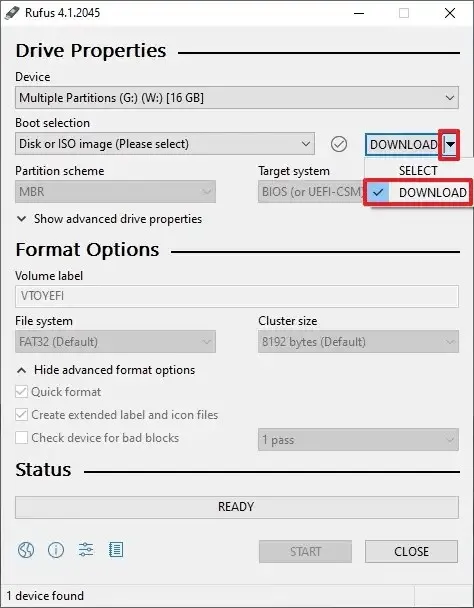
-
Click the Download button.
-
Select the Windows 10 option.
-
Click the Continue button.
-
Under the “Release” section, select the latest version of Windows 10 to download.
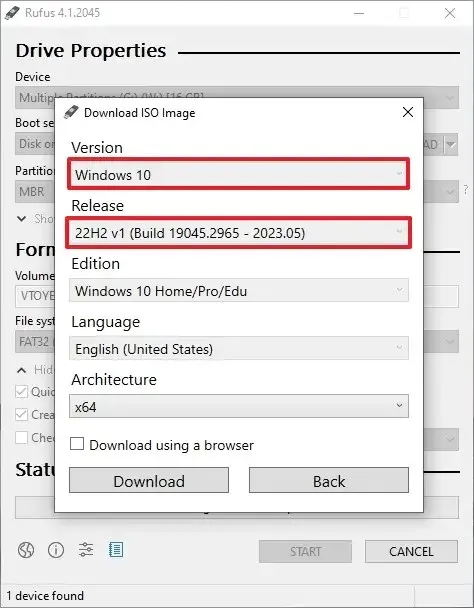
-
Click the Continue button.
-
Click the Continue button from the “Edition” setting.
-
Choose the language for the installation.
-
Click the Continue button.
-
Select the operating system architecture (x64 or x86). (If the XP or Vista device supports it, you should select the x64 option.)
-
Click the Download button.
-
Select the location to save the Windows 10 ISO automatically.
-
Continue with the default settings after the download.
-
Click the Start button.
-
Click the OK button to skip the customization settings.
-
Click the OK button to confirm the deletion of the USB flash drive data.
Once you complete the steps, you can proceed with the clean installation of Windows 10.
Clean installation of Windows 10
To upgrade to Windows 10 from Windows XP or Windows Vista using a clean installation, use these steps:
Important: Before you can boot from the USB media, you may need to update your device BIOS settings to start from USB. This process usually requires pressing one of the function keys (F1, F2, F3, F10, or F12), the ESC, or the Delete key. For more accurate instructions, visit your PC manufacturer’s support website.
-
Start the PC with the Windows 10 USB flash drive.
-
Press any key to continue.
-
Click the Next button.
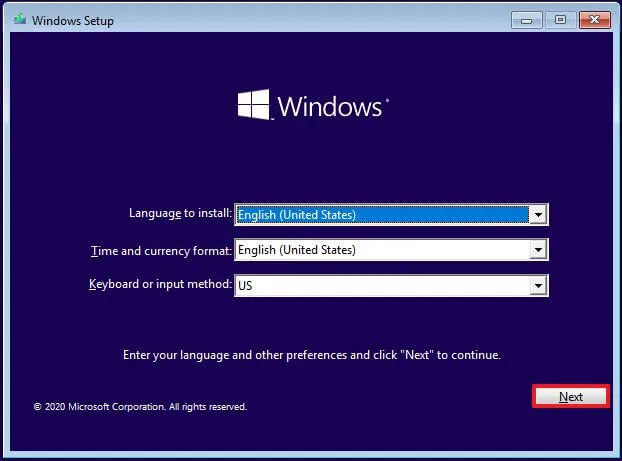
-
Click the Install now button.
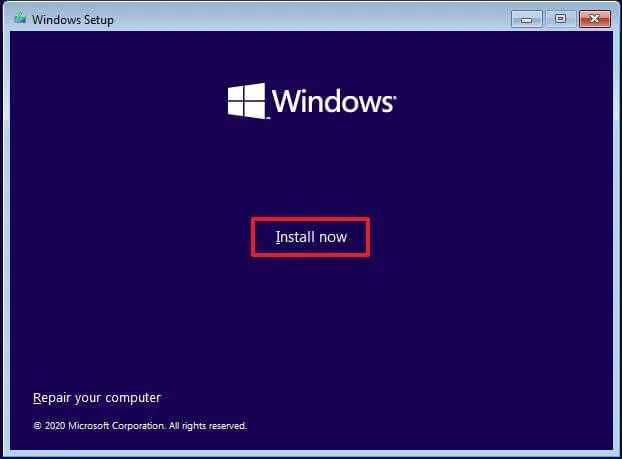
-
Confirm the product key to activate Windows 10 as you upgrade from Windows XP or Vista and click the Next button.
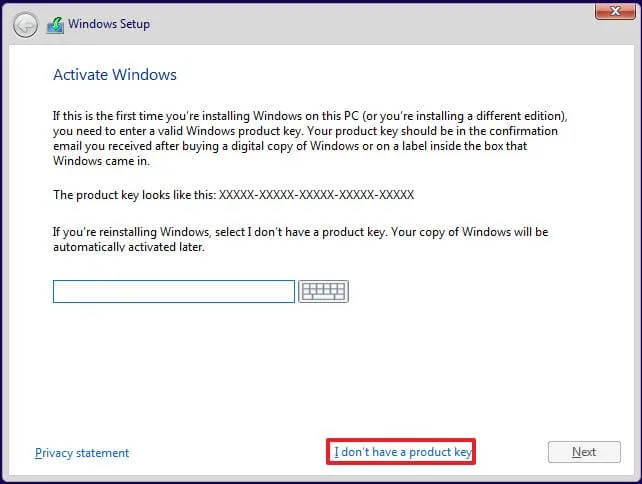
-
Select the edition of “Windows 10” that your license key activates (if applicable).
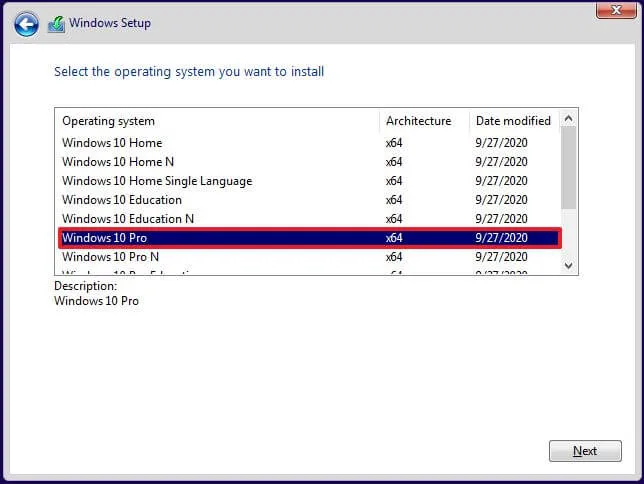
-
Check the “I accept the license terms” option.
-
Click the Next button.
-
Select the “Custom: Install Windows only (advanced)” option to perform a clean install.
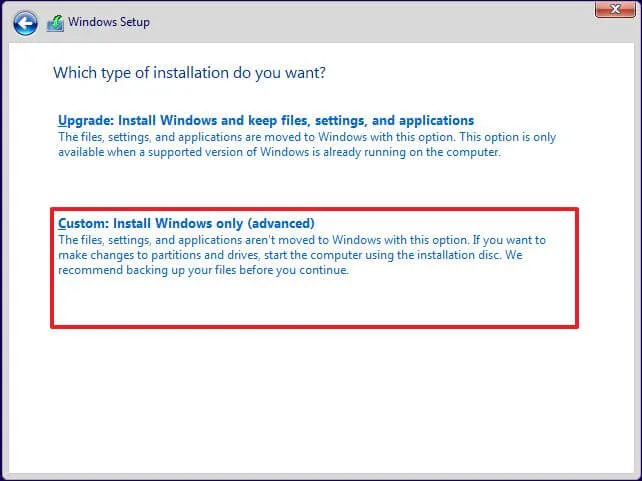
-
Select each partition in the hard drive you want to install Windows 10 and click the Delete button. (Usually, the “Drive 0” is the drive that contains Windows Vista or XP setup files.)
Warning: Deleting a partition also deletes all data on the drive. Also, it is not required to delete the partitions from a secondary hard drive.
-
Select the hard drive (Drive 0 Unallocated Space) to install Windows 10.
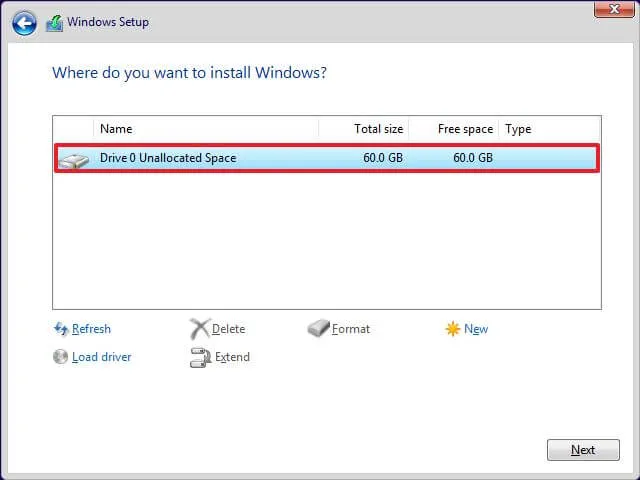
-
Click the Next button.
-
Select your region setting after the installation on the first page of the out-of-the-box experience (OOBE).
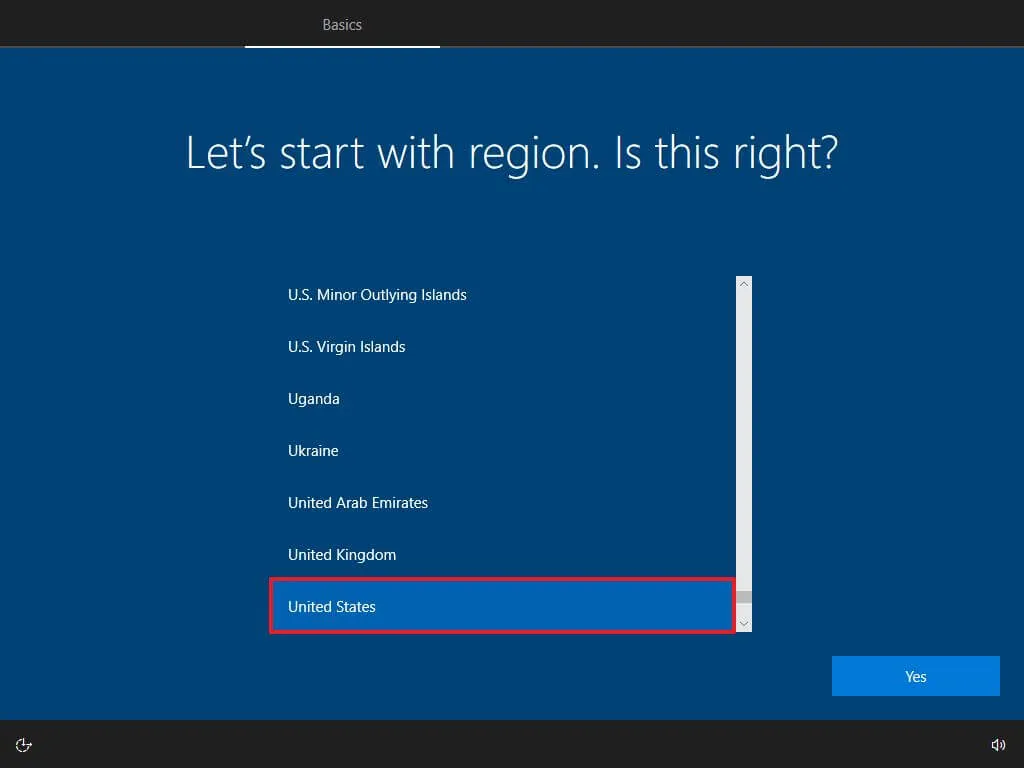
-
Click the Yes button.
-
Select your keyboard layout setting.
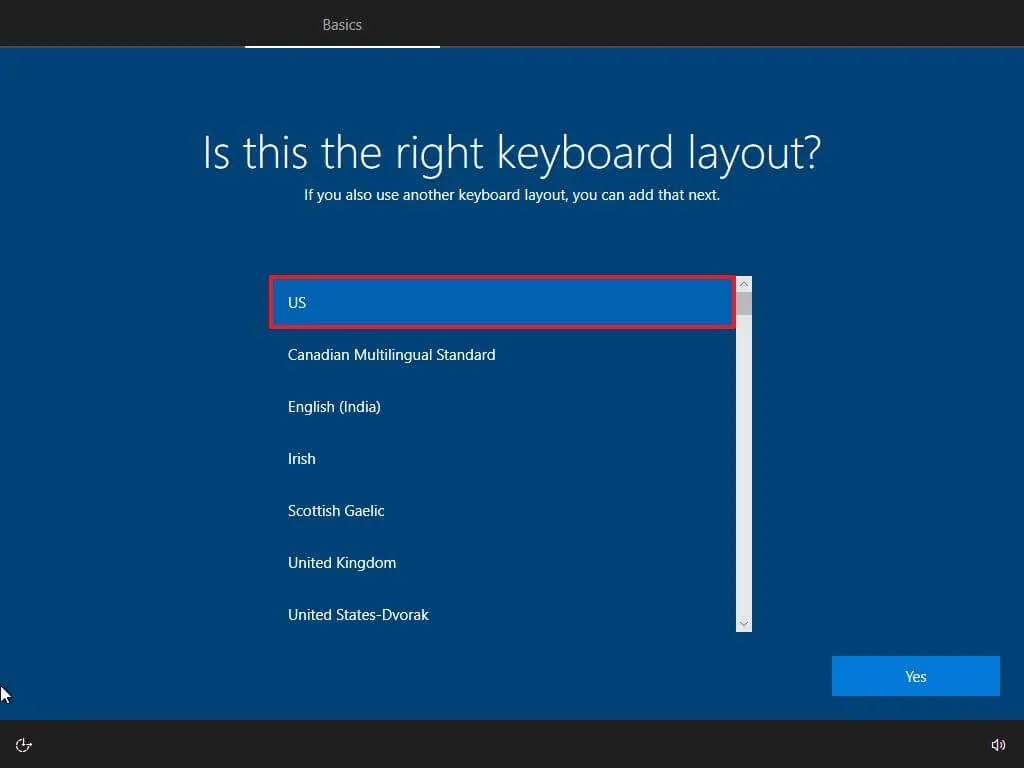
-
Click the Yes button.
-
Click the Skip button if you do not need to configure a second layout.
-
The computer will automatically connect to the network using an Ethernet connection. If you have a wireless connection, you must set up the link manually (a security key may be required).
-
Select the “Set up for personal use” option for Windows 10 Pro. (The “Home” edition does not have this option.)
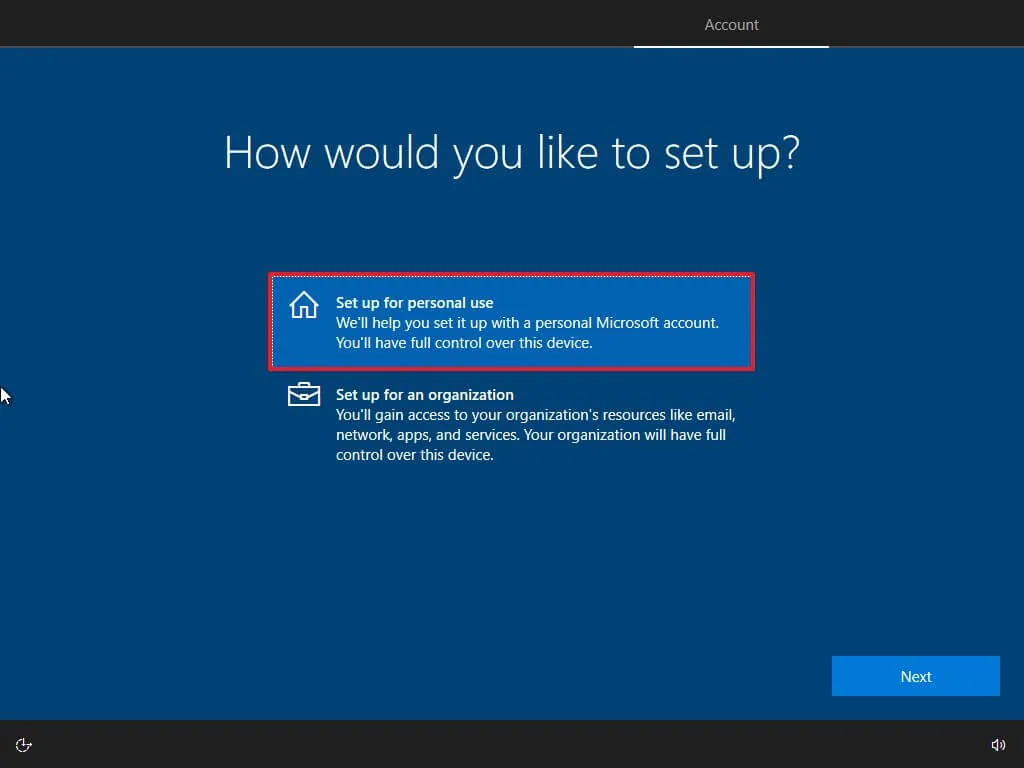
-
Click the Next button.
-
Confirm your Microsoft account email, phone number, or Skype identification to create an account.
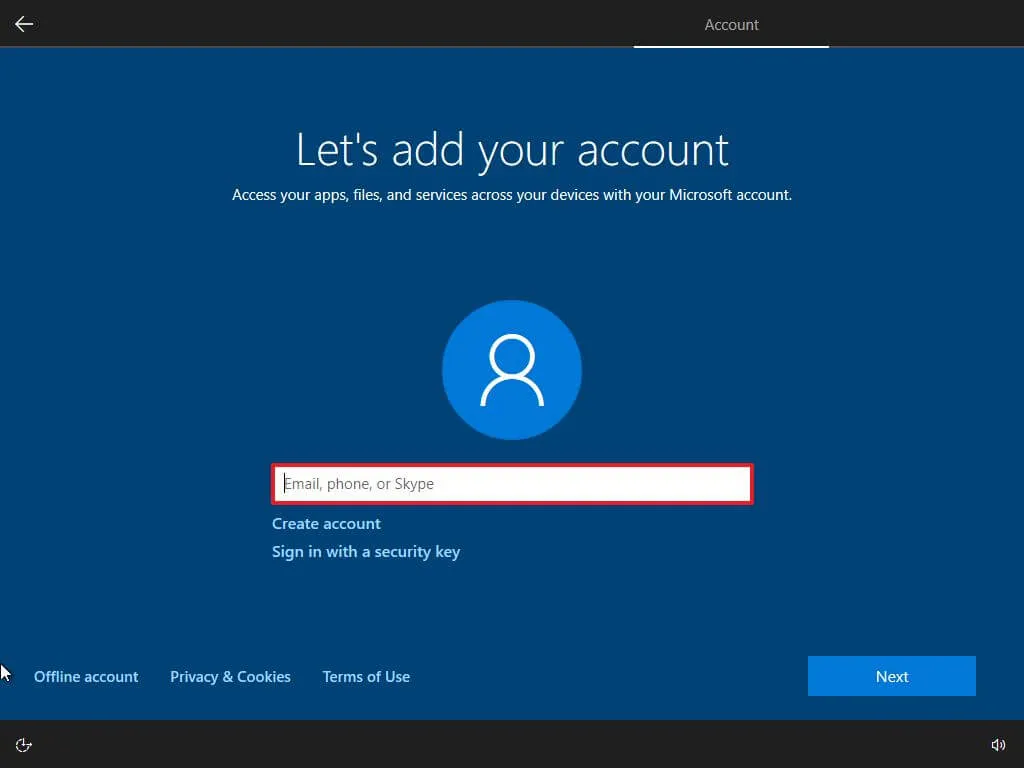
-
Click the Next button.
-
Confirm your Microsoft account password.
-
Click the Next button.
-
Click the “Create a PIN” button.
-
Create a new PIN password.
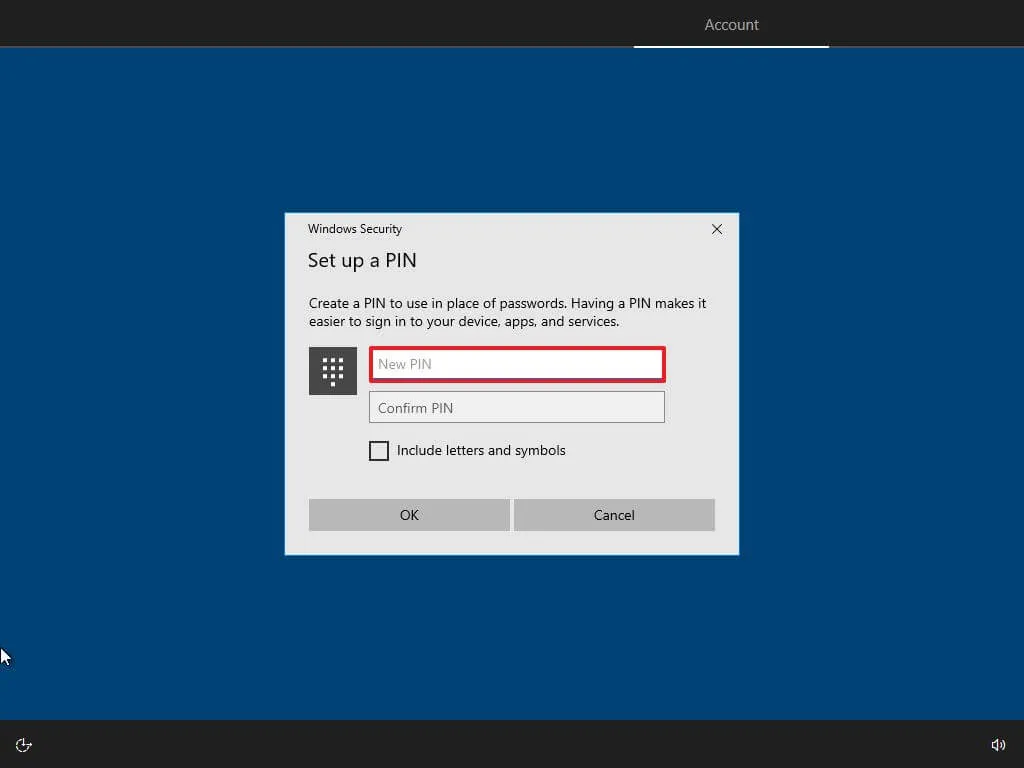
-
Click the OK button.
-
Confirm the privacy settings best suit your needs by turning on or off the toggle switch for each option.
-
Click the Accept button.
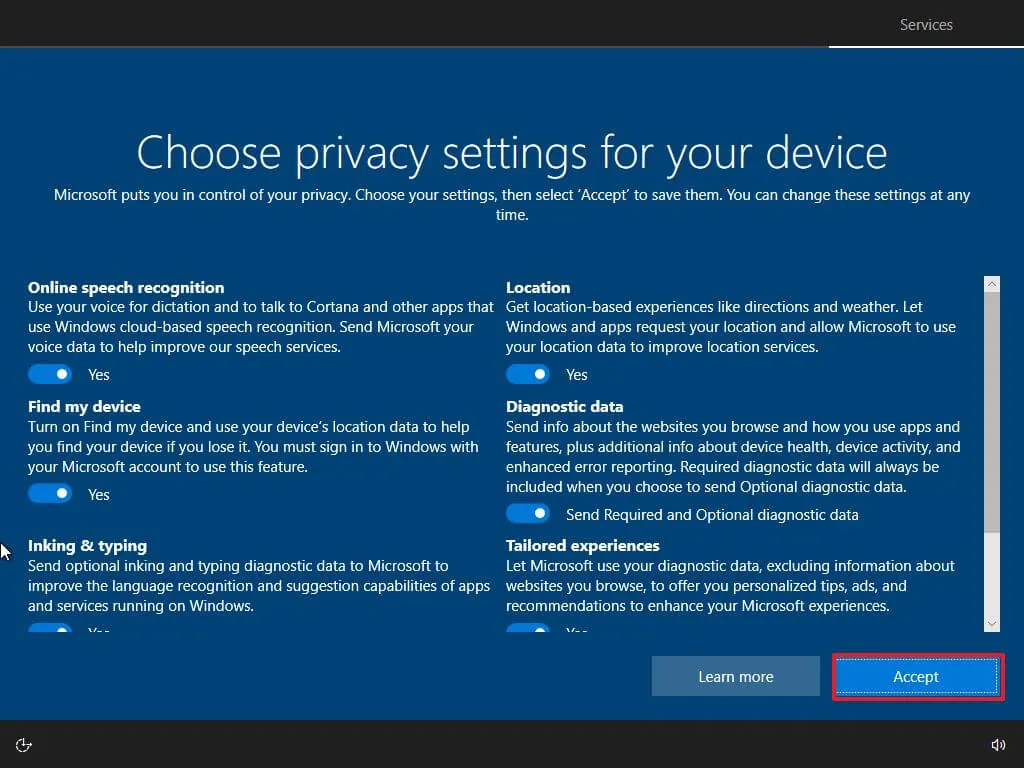
-
(Optional) On the “Customize your device” page, select one or more ways you plan to use the device to allow the setup to suggest tools and services customization during this experience.
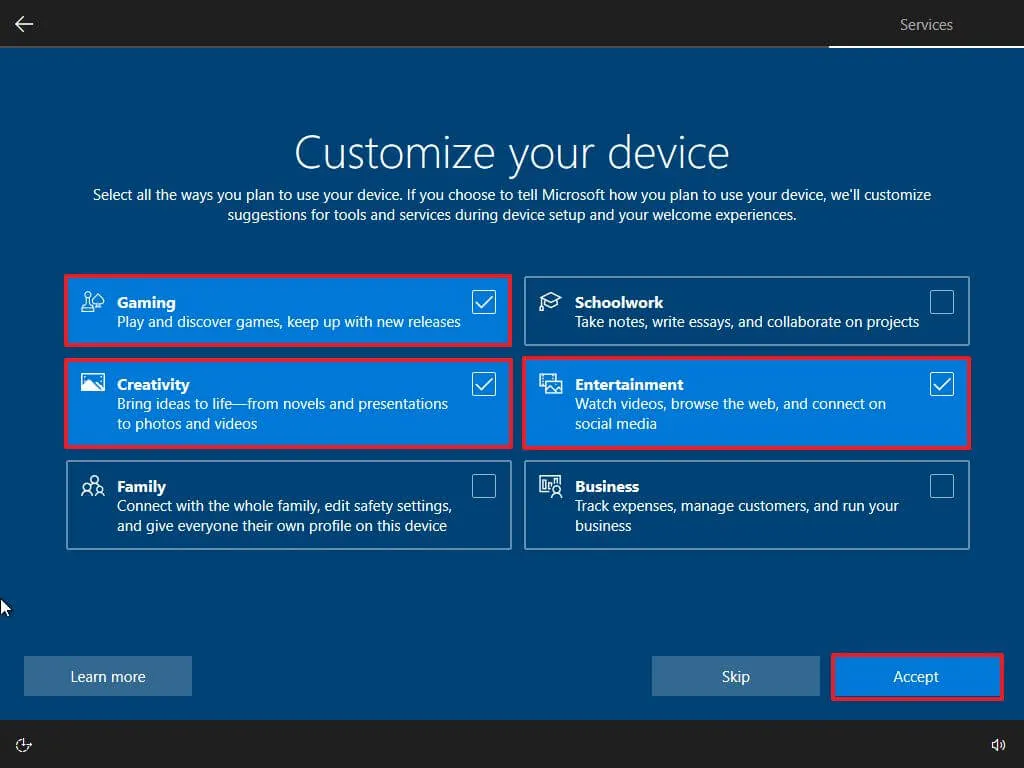
-
Click the Accept button to continue. Or click the Skip button to skip this part of the setup.
-
Click the “No, thanks” button to skip linking your phone to your PC. (You can always do this from the Settings app.)
-
Click the Next button to allow OneDrive to automatically upload your Desktop, Pictures, and Documents folders to the cloud. Or click the “Only save files to this PC” option to skip this step.
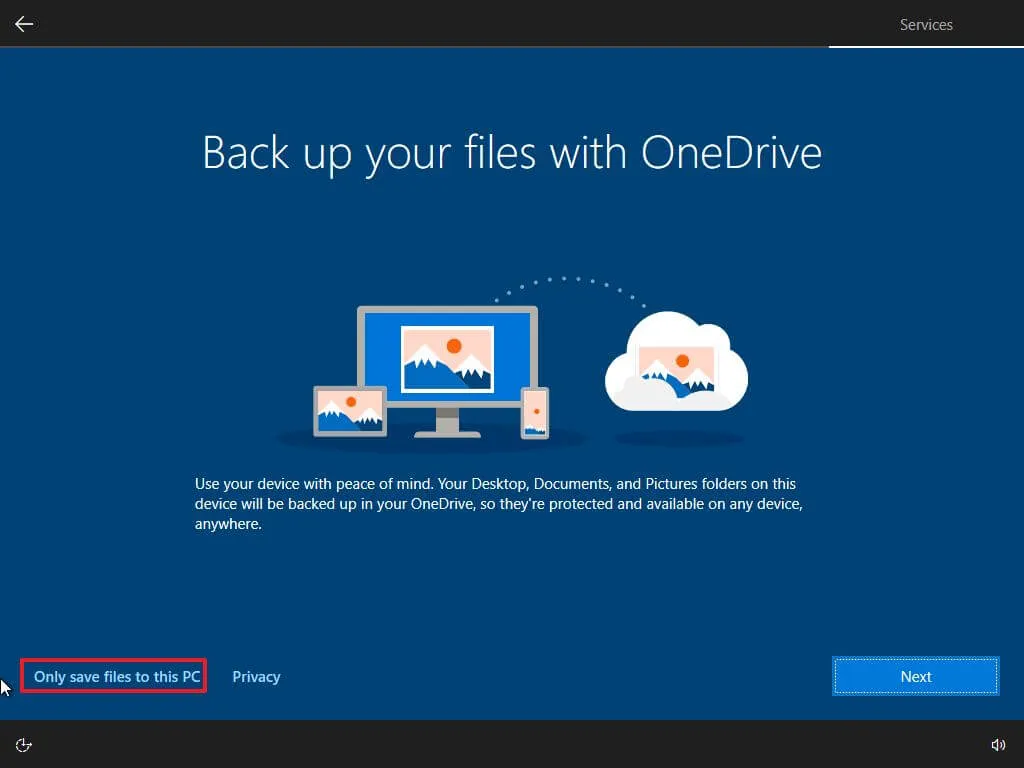
-
Click the “No, thanks” button to skip the Microsoft 365 setup.
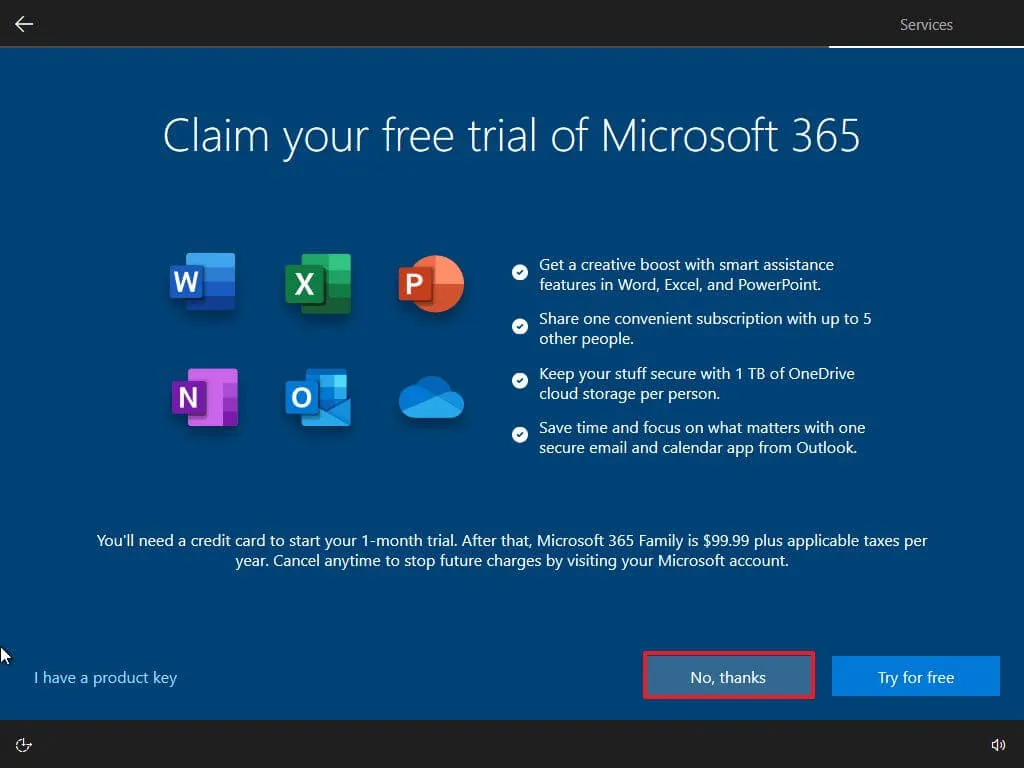
-
Click the Decline button to skip the OneDrive storage offer.
-
Click the “No Thanks” button to skip the Game Pass offer.
-
Click the “Not now” button to disable Cortana.
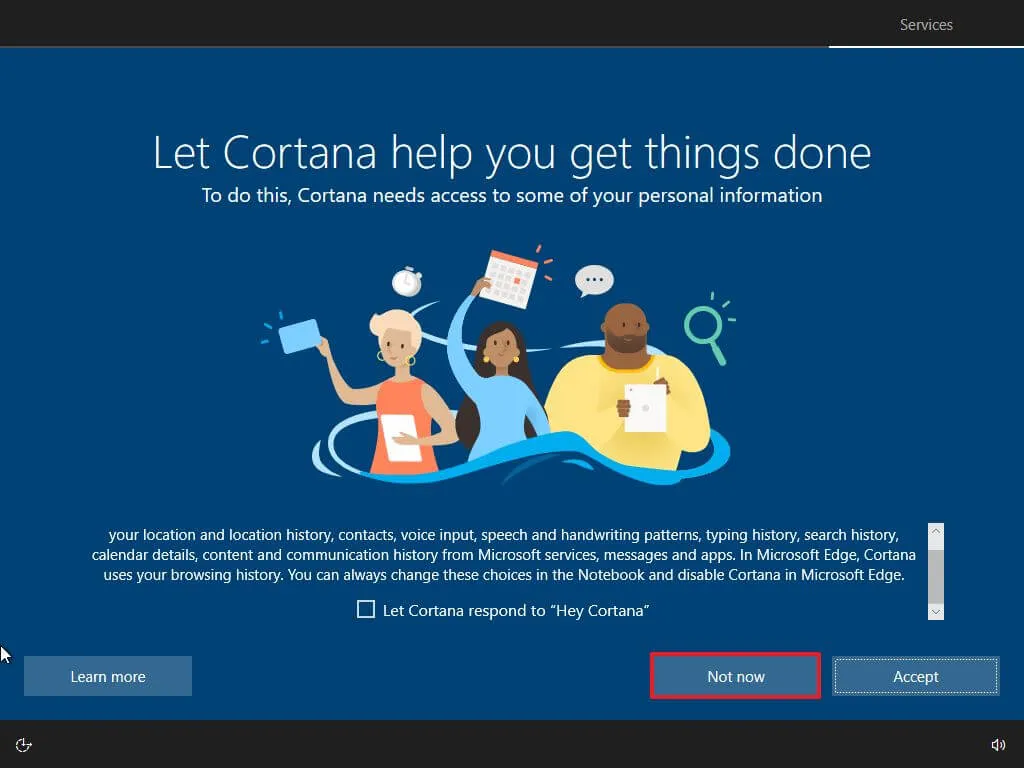
After Windows 10 is completely installed, you’ll be presented with the new desktop and features. At this time, it’s a good idea to go to Windows Update using the Settings app to check for updates. Also, on Device Manager, you want to confirm if the computer hardware is working correctly and you don’t need to reinstall any driver.
Finally, install the applications you used on your previous installation and restore your files from the backup.




Leave a Reply ▼